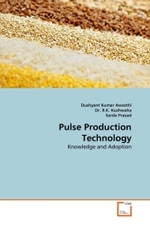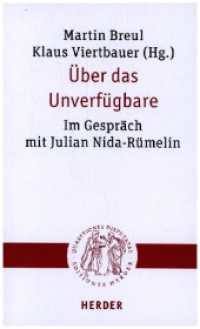- ホーム
- > 洋書
- > 英文書
- > Science / Mathematics
Full Description
Once you have looked at the night sky on a moonless night it is not hard to realise why so much of our science and religion has its roots in the stars. In the early years of the 20th century Hertzsprung and Russell developed a powerful classification diagram which al lows stars to be distinguished using a plot of their colour versus magnitude.








